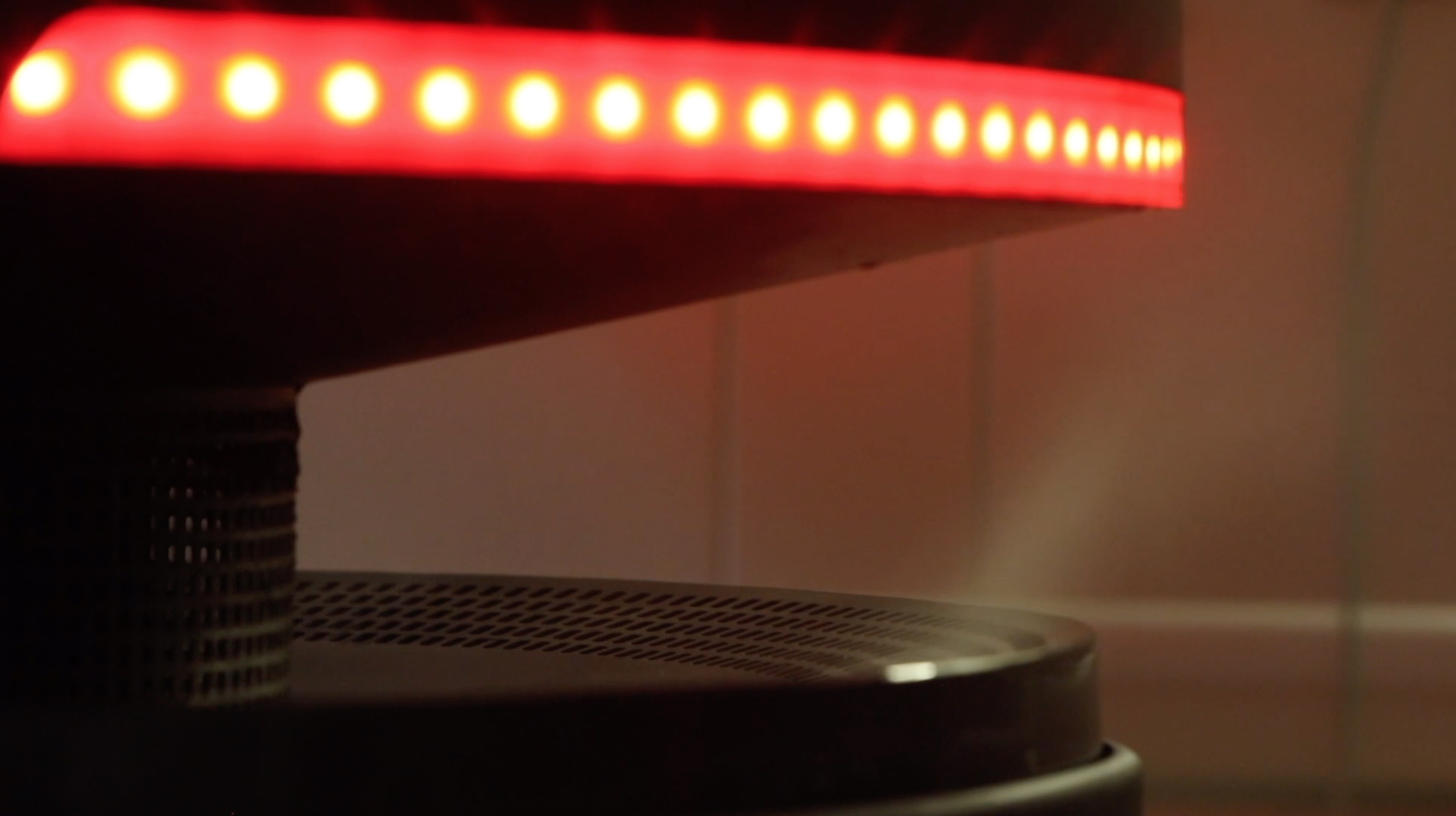
Welcome to the fourth edition of the Inivos academic digest, where our team shares the most interesting and thought-provoking research across microbiology, personal protective equipment (PPE) and infection prevention and control.
Over October, it’s been very interesting to see so much work being focused on the use of ultraviolet-C (UV-C) to decontaminate PPE and further confirm its effectiveness against SARS COV-2. A total of 6 research papers were published in a variety of journals, praising the efficacy of UV-C light to decontaminate PPE and kill coronaviruses.
The next challenge will be evaluating the effects of different surfaces and environmental conditions on the persistence and survival of SARS-COV-2, where it’s been warned that SARS-COV-2 can actually persist on surfaces longer than already been reported, especially on paper notes and stainless steel.
PPE Decontamination
A study1 in the International Journal of Environmental Research and Public Health has demonstrated the effectiveness of UV-C to decontaminate filtering facepiece masks (FFP) at a distance of 15 cm. The researchers found the distance allows a dose of 1J/cm2 to be delivered. However, the authors warned that non-transparent stiffening on masks may inhibit the penetration to inner layers and exposure from both sides may be necessary.
Another research in BMJ Global Health2 found out that decontamination through drying and a UV irradiation of 60 mJ/cm2 was sufficient to ensure decontamination of FFP2 respirators inoculated with bacteriophages (>3 log reduction in virus titre) without mechanical or filtration performance impairment of the tested respirators.
Meanwhile, one paper3 in Infection Control and Hospital Epidemiology, provided an overview of 3 systematic reviews on the decontamination of FFP3 masks using different methods. The authors found that HPV and UV germicidal irradiation are very effective at eliminating pathogens from FFP3 masks without significantly influencing appearance, integrity and function of these masks. This corresponds with the previous findings at Duke University which showed HPV technology could decontaminate N95 masks without damaging the integrity or performance.
Earlier this year, Inivos’ own research with University Hospital Southampton4 found that a process of laundering combined with low dosage (7.9%) hydrogen peroxide vapour using ProXcide decontamination technology effectively removed pathogens from sterile gowns without damaging garment integrity.
SARS-CoV-2 Susceptibility to UV-C
A feasibility study5 published in the Peer Journal evaluated upper room disinfection against SARS COV-2 using UV-C. The researchers reported that a dose of 0.377 m2 /J, with an average UV flux of just 10 mW/cm2 should be sufficient to achieve >90% inactivation of SARS-CoV-2, even at a ventilation rate of 8 AC/h. This study has demonstrated that SARS-CoV-2 when suspended in air should be reasonably easy to inactivate using UV light at 254 nm.
Correspondingly, a paper6 in the American Journal of Infection Control evaluated the susceptibility of SARS-COV-2 to UV-A and UV-C. UVA exposure alone was less effective on virus inactivation. After 9 minutes of irradiation and an emitted dose of 292 mJ/cm2, 1 log reduction of the viral load was observed. In contrast, complete virus inactivation was achieved after a 9-minute exposure to UV-C and an emitted UVC dose of 1048 mJ/cm2. These data confirm former findings that UV-C is more effective in inactivating viruses, and highlight UV-C irradiation as an effective method for the inactivation of SARS-CoV-2.The findings correspond with Inivos’ Ultra-V technology, which emits UV-C light rays specifically at a 254 nm wavelength to decontaminate spaces and surfaces effectively and efficiently without influencing safety measures. This is because UV-C light is the most effective and yet safest UV technology to decontaminate different settings without possessing a risk on individuals.
Researchers from the Journal of Infectious Diseases7 analysed the effects of heat and UV light on SARS-COV-2. The virus was successfully inactivated with a temperature of 80°C. Lower temperatures showed that 56°C is only effective in the absence of foetal calf serum and temperatures up to 75°C are needed for successful inactivation of infected clinical samples. Exposure of SARS-CoV-2 to UV light at 0.01 J/cm2 resulted in partial inactivation and this increased with greater UV energy exposure, resulting in complete inactivation at UV energy exposures of more than 0.04 J/cm.
SARS COV-2 Characteristics (Survival and Persistence)
A systematic review8 published in Environmental Science and Pollution Research, reported that SARS COV-1 and SARS-COV-2 can survive under different environmental conditions for between 4 and 72 hours. The researchers demonstrated that temperature and relative humidity are important factors in the survival of SARS-CoV-2.
This was further supported by a study9 in the Virology Journal. Authors warned that the virus was still detectable at 20°C after 28 days post inoculation. At 30°C, it was still recoverable for 7 days from stainless steel, 3 days vinyl cotton and 21 days on paper notes. The virus only survived for 24 hours at 40°C for cotton and 48 hours for the remaining surfaces. These findings show that SARS-CoV-2 can remain infectious for significantly longer time periods than generally considered possible, especially on bank notes and stainless steel. Therefore, it’s very critical to combine enhanced manual cleaning protocols with high-tech decontamination technologies such as ProXcide and Ultra-V technologies in order to eliminate the infectious particles of the virus and reduce the risks of acquiring infections.




